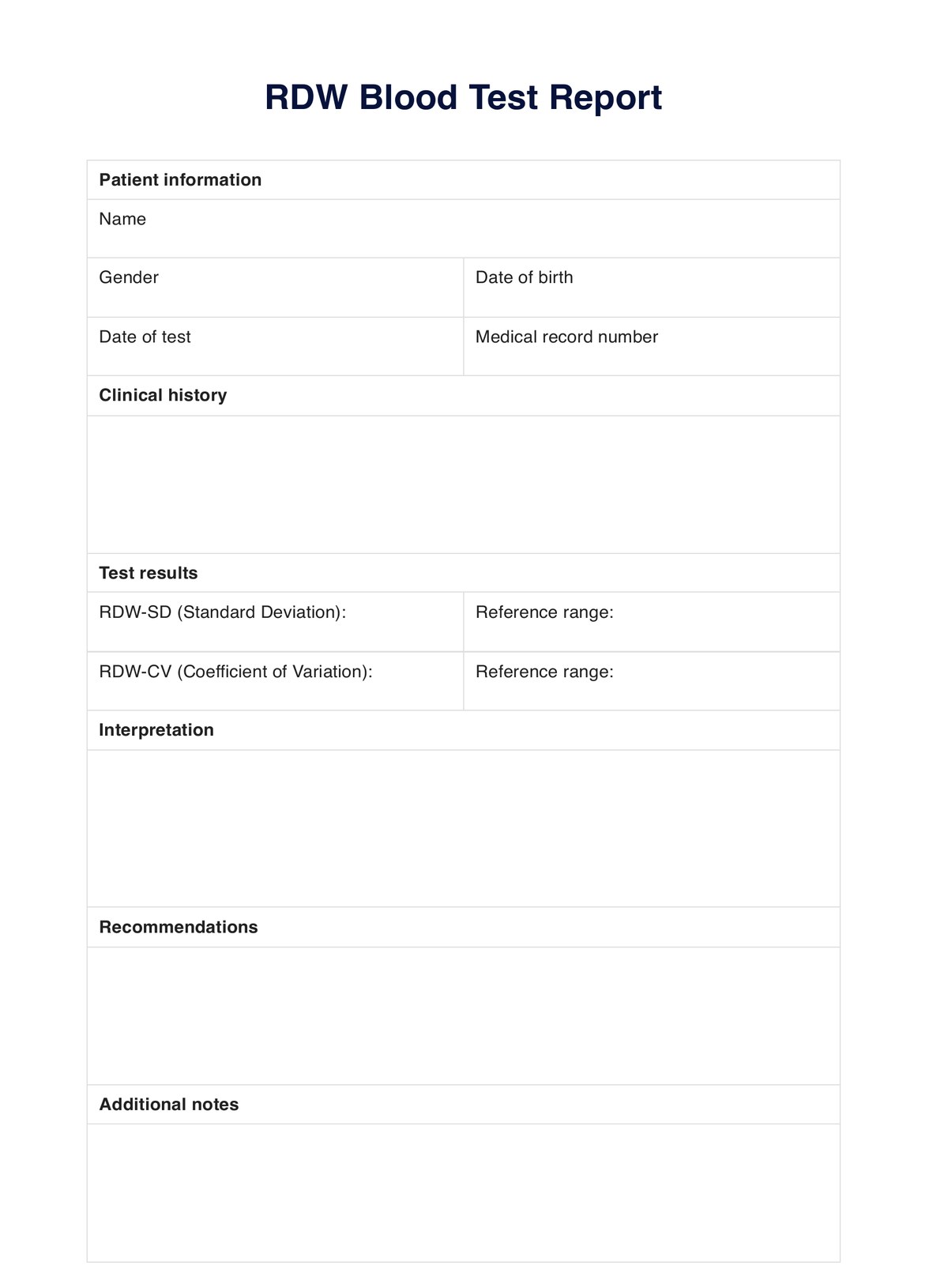What is an RDW Blood Test?
A Red Cell Distribution Width (RDW) Blood Test is used in hematology to gauge the variation in size and volume of a patient's red blood cells. This test is part of a standard Complete Blood Count (CBC) and helps diagnose certain types of anemia and other disorders related to red blood cells.
RDW is expressed as a percentage and is calculated by dividing the standard deviation of red blood cell volume (MCV) by the mean cell volume. This test can be performed manually or with an automated machine. It is a simple, non-invasive procedure requiring only a small blood sample from the patient.
The results, often recorded in an RDW Test Report, can provide valuable information about a patient's overall health and help healthcare professionals make accurate diagnoses and create appropriate treatment plans.












